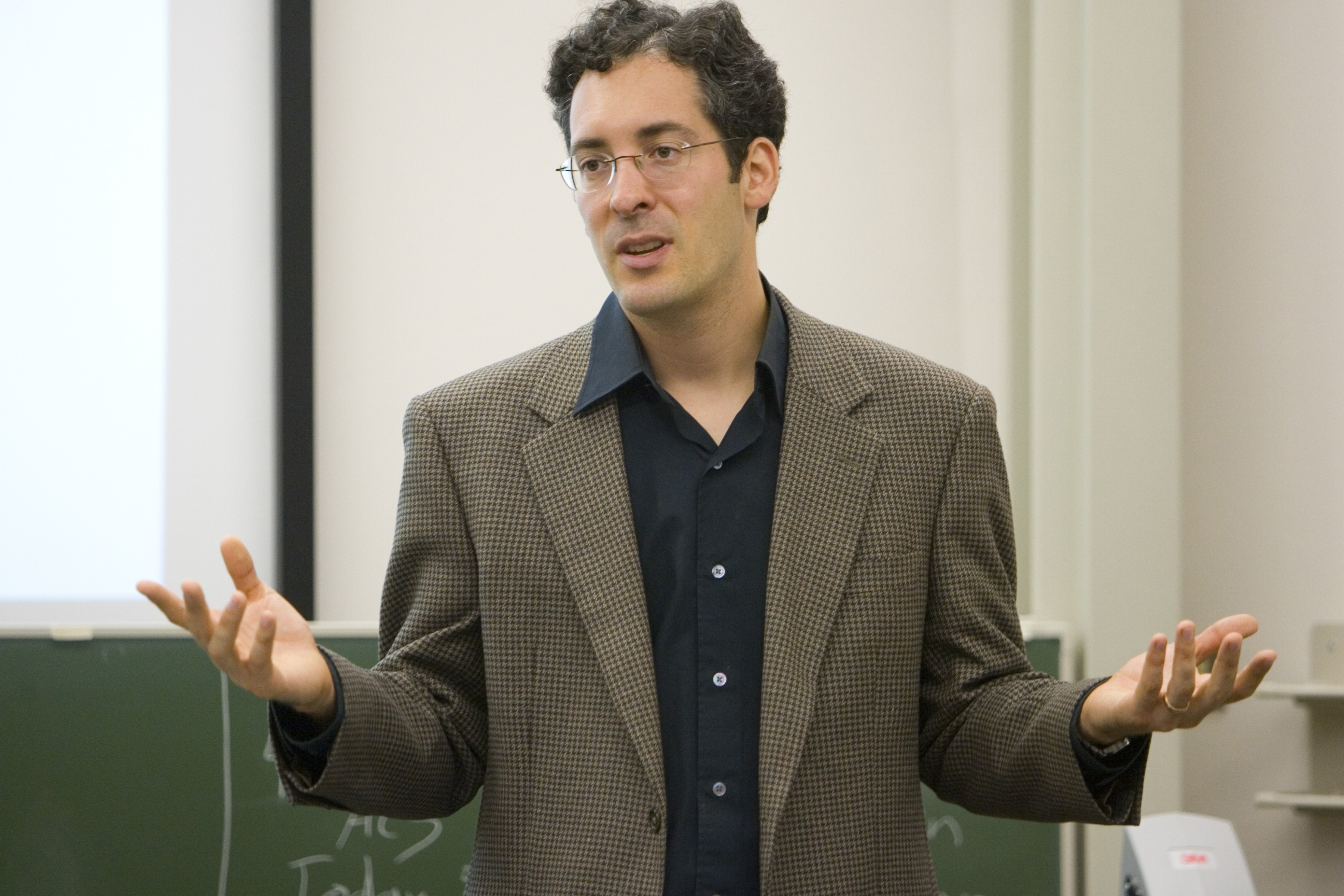False confessions, invalid forensic analysis, eyewitness misidentifications and other systemic flaws in the criminal justice system contributed to the wrongful conviction of the first 250 people exonerated by DNA tests, University of Virginia law professor Brandon Garrett writes in "Convicting the Innocent: Where Criminal Prosecutions Go Wrong," published this spring by Harvard University Press.
Garrett began by studying the original criminal trial records of the 250 people who were convicted of series crimes and later exonerated. "The goal was to see what patterns there are," he said.
In a way, it would have been a comfort if the wrongful convictions had resulted from idiosyncratic mistakes or even corruption, Garrett said. That would suggest that false convictions are exceedingly rare, as nearly all police officers, prosecutors and judges conscientiously seek to convict the guilty and free the innocent, he said.
"What I found, though, was that the errors that repeated over and over again across the 250 cases were the result of bad barrels, and not a few bad apples. They resulted from unsound but systemic practices that allowed well-intentioned people to contribute to convicting the innocent," he said.
Those practices included the use of suggestive eyewitness identification procedures, flawed forensic analysis, coercive interrogations, shoddy investigative practices, cognitive bias and poor lawyering, he said.
What was particularly haunting about the cases, Garrett said, was that at the time, before the DNA tests proved the convict's innocence, many of the prosecutions appeared uncannily strong. For example, some cases included false confessions in which innocent suspects seemingly supplied police with details of a crime that police claimed could only be known by the perpetrator. The false confessions were typically the result of long, undocumented interrogations in which investigators may have planted details of the crime with the suspect, he said.
One case studied in the book was that of Earl Washington. On Jan. 20, 1984, Washington – defended for 40 minutes by a lawyer who had never tried a death penalty case – was found guilty of rape and murder and sentenced to death. After nine years on Virginia's death row, DNA testing cast doubt on his conviction and saved his life. However, he spent another eight years in prison before more sophisticated DNA technology proved his innocence and convicted the guilty man.
As a young lawyer in New York, Garrett said he saw the reality of such cases as Washington's and the others he analyzed. After law school, he worked at a firm in which Johnny Cochran was a partner, as were Peter Neufeld and Barry Scheck, the founders of the Innocence Project, an advocacy group that works to overturn wrongful convictions.
While there, Garrett was involved in representing a young soldier who had been charged with the rape of an elderly woman. The young man had been in a minor traffic accident near the scene of the crime shortly after it occurred.
"Detectives brought him in and interrogated him over many hours," Garrett said. "Ultimately he confessed, falsely, thinking that if he just parroted what they demanded that he say, he could finally go home. Instead, he was convicted by a jury and he spent 10 years in prison. DNA testing eventually proved his innocence."
Garrett's new book is an extension of previous studies he has done on the 250 cases. He wrote a groundbreaking study, "Judging Innocence," on the appeals and post-conviction process in cases in which the defendants were later cleared by DNA evidence, and later examined forensic analysis and confessions in that group of the wrongfully convicted.
Garrett began thinking about writing a book after the National Academy of Sciences asked him about the role forensic analysis played in those cases. He realized the only way to know for sure was to study the original trial transcripts. So he gathered more than 200 of them, with research support from the Law School and a two-year grant from the Open Society Institute. With the help of a team of student research assistants, he began meticulously reviewing the trials and coding their features.
Garrett fears that the types of errors that contributed to the convictions – unreliable witness testimony, forensic errors, false confessions – are not exclusive to cases in which DNA samples are available.
"What I saw in these 250 cases gave me grave concerns about the accuracy of other criminal cases in which DNA testing can't give us the answers," he said.
The criminal justice system is slow to reform, in part because it is fragmented and made up of so many investigative agencies and court systems at the local, state and federal level, he said.
"You have to remember that just because you don't get so many DNA exonerations in recent cases, for a wonderful reason – DNA testing is now routine before trial – it doesn't mean that the same problems with forensics, with confessions, with eyewitnesses, or with the adversary process itself aren't still serious ones," he said.
Fortunately, he said, policymakers are increasingly taking very seriously the lessons that can be learned from the high-profile wrongful convictions that have come to light. In the last chapter of his new book, Garrett describes a criminal procedure revolution, as jurisdictions have begun to gradually adopt improved eyewitness identification procedures, mandatory interrogation recording requirements, forensic science reforms, innocence commissions and improved criminal discovery practices, among others.
In part because the data may be of interest to researchers and policymakers, Garrett has also made available resources related to the book on a website hosted by U.Va.'s Law School.
Media Contact
Article Information
March 22, 2011
/content/uva-law-professor-brandon-garretts-book-examines-wrongful-conviction

